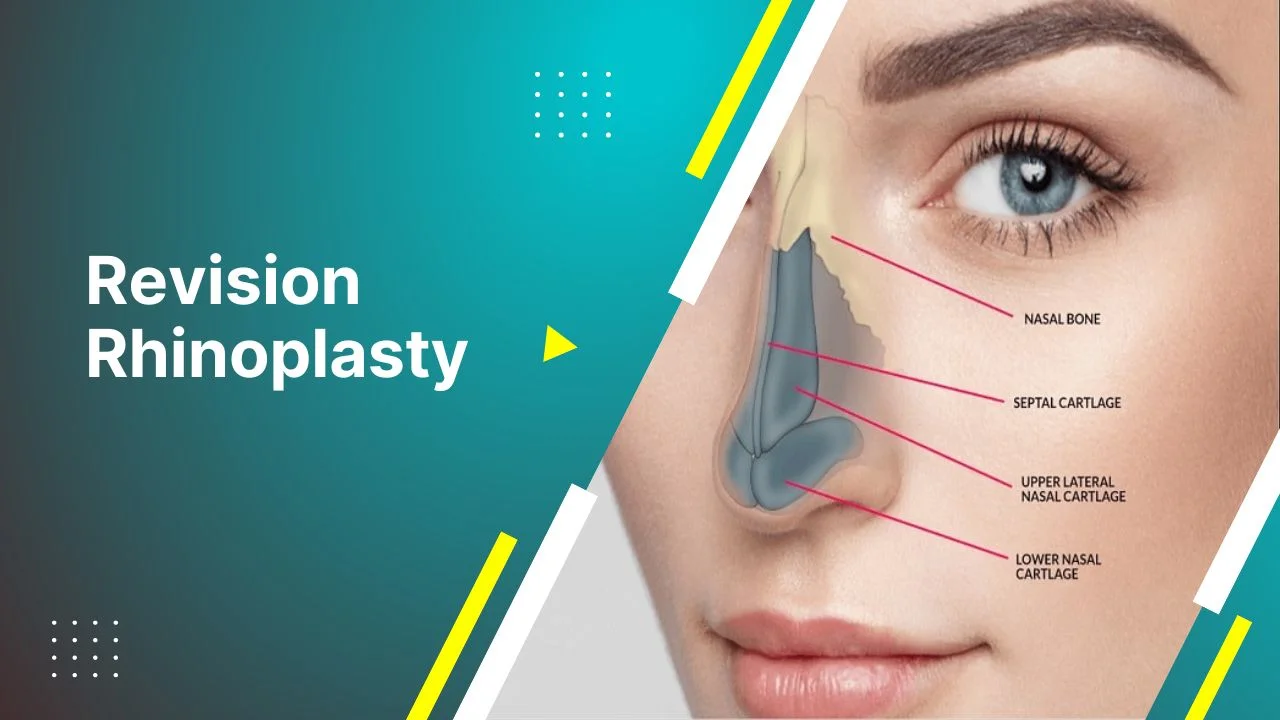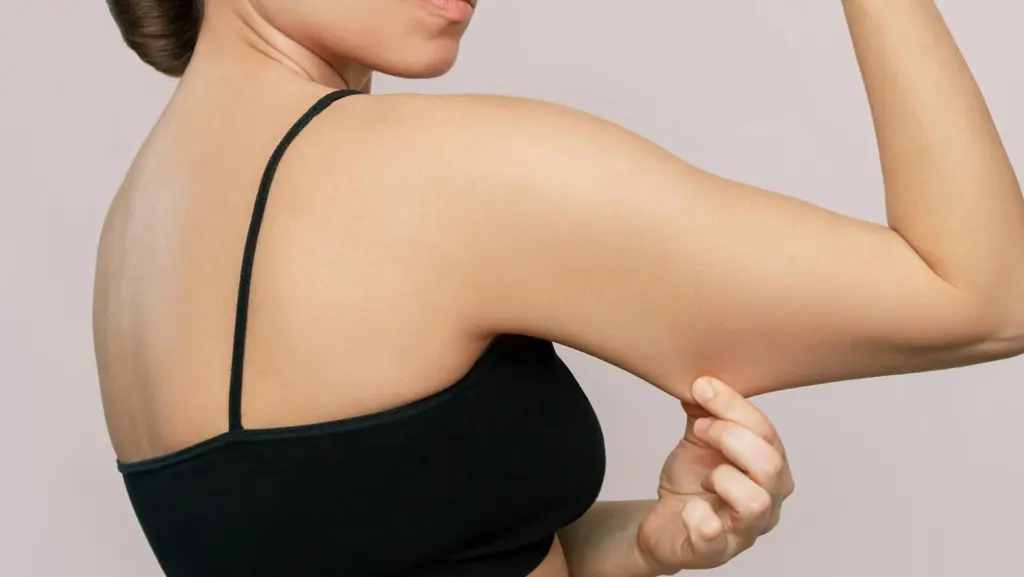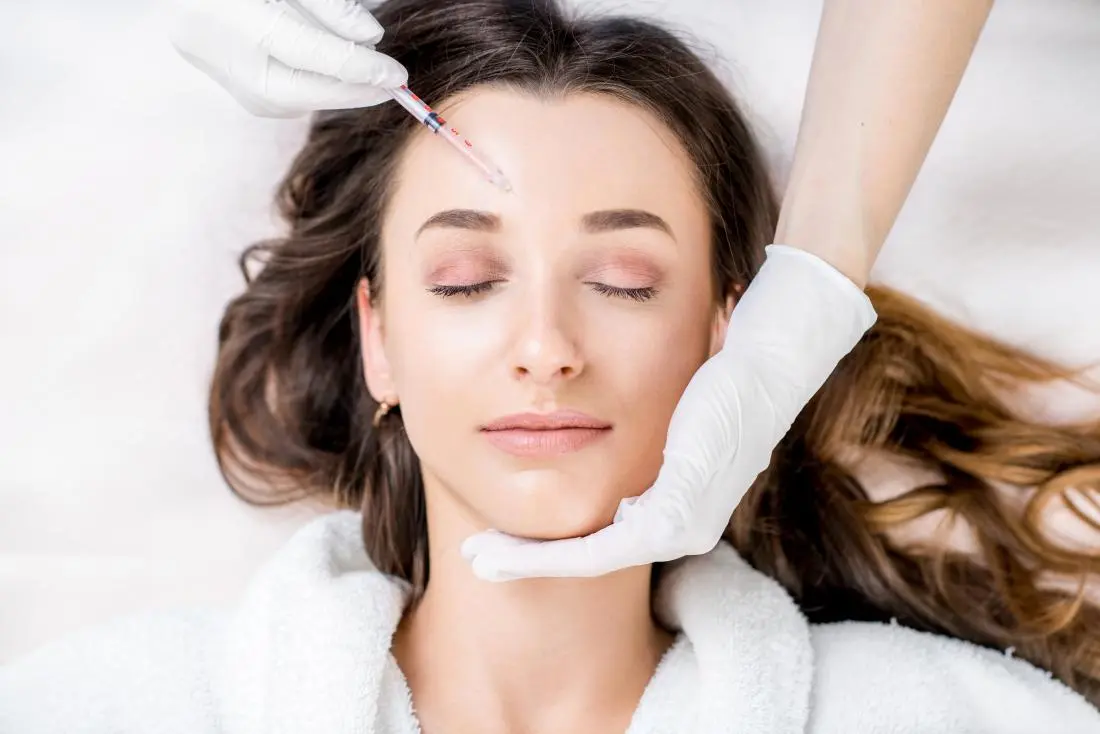Achieving a natural, beautiful, and healthy appearance is now within reach at Dr Süleyman Özer Plastic and Aesthetic Surgery Clinic where our Turkey rhinoplasty team can help you realize your dreams.
However, it’s crucial to remember that the primary objective of rhinoplasty surgery is to establish facial balance, correct proportions, and enhance overall health conditions. This makes rhinoplasty one of the most intricate cosmetic procedures, underscoring the importance of entrusting it only to a board-certified plastic surgeon with extensive experience in the field.
Explore the offerings of rhinoplasty in Turkey and understand the comprehensive details now!
What is Rhinoplasty Surgery?
Rhinoplasty, commonly referred to as a “nose job,” is a surgical procedure aimed at altering the shape of the nose by modifying its bone or cartilage. This transformative surgery not only addresses aesthetic concerns but also corrects breathing issues, birth defects, and deformities resulting from injuries. Whether it involves reducing excess nasal humps or balancing the length of the nose, rhinoplasty strives to create a nose that harmonizes with the rest of the face, ensuring a natural look.
Different Rhinoplasty Techniques
Closed Rhinoplasty:
This technique involves making all incisions within the nose, eliminating visible scars. While offering a lower angle of view during surgery, closed rhinoplasty allows the surgeon to use micro tools and a monitor. Reduced recovery times are a notable advantage of this method.
Open Rhinoplasty:
In open rhinoplasty, an incision is made between the nostrils to gain direct access to the nose’s structures. Although it provides a direct view for the surgeon, there may be some scarring associated with open rhinoplasty.
Tiplasty:
Tiplasty focuses specifically on reshaping and correcting the tip of the nose. This procedure, a subtype of rhinoplasty, can be performed using either open or closed techniques based on the patient’s needs.
Who Needs Rhinoplasty?
Rhinoplasty is typically sought to enhance the visual appeal and reconstruct the nose. Factors such as genetic predisposition, trauma, injuries, or dissatisfaction with a previous rhinoplasty procedure may prompt the decision to undergo surgery. Each patient’s choice to pursue rhinoplasty is deeply personal, relying on consultations, medical history, and individual expectations. At Dr Süleyman Özer Plastic and Aesthetic Surgery Clinic, our goal is to achieve an overall improvement in facial harmony, reinstating balance, and enhancing health conditions through the expertise of our top rhinoplasty surgeons in Istanbul.
Preparation for Rhinoplasty
Several factors must be considered to minimize postoperative discomfort and reduce the risk of complications:
- Diet
A healthy diet before surgery is crucial, promoting faster healing and recovery. Consuming fruits, vegetables, whole grains, and lean protein is recommended.
- Medication
Surgeons will review medical history and current medications, advising against aspirin or ibuprofen-containing drugs to reduce bleeding risks. Only approved or prescribed medications should be taken.
- Smoking
Stopping smoking at least two weeks before surgery is essential, as smoking hinders the healing process and increases infection risks.
- Nutritional Supplements
Avoiding certain foods and supplements, such as vitamin E supplements, ginger, ginkgo, and ginseng, helps prevent surgical complications.
- Sun Protection
Staying out of the sun before and after rhinoplasty is recommended to facilitate healing and prevent serious side effects.
- Alcohol Usage
Abstaining from alcohol is advised as it acts as a blood thinner, increasing the risk of post-surgical bleeding.
Rhinoplasty Procedure Details
Rhinoplasty surgery typically lasts 1.5 to 3 hours, varying based on the surgery type and patient conditions.
- Anesthesia Options
Surgery can be performed under local anesthesia, intravenous sedation, or general anesthesia. Each option has distinct advantages and considerations, with the surgeon recommending the best choice for the patient.
- Surgical Steps
After administering anesthesia, the surgeon makes incisions either within or between the nostrils. The skin is separated from the cartilage or bone, allowing for reshaping. The inner bone and cartilage are modified to achieve the desired appearance. The skin is then repositioned and incisions stitched.
- Tampon Usage
Post-surgery, a splint is placed to protect the nose’s shape, and, in some cases, gauze or nasal tampons may be used to reduce bleeding and support the septum. Tampons are usually removed a few days after surgery.
After Rhinoplasty
Recovery Stages:
- Surgery Day:
A splint is applied post-surgery for nose protection, possibly with tampons. Mild discomfort, bruising, and swelling are managed with oral medications.
- Week 1:
Splint removal reveals the new nose shape. Bruising and swelling expected, but many return to work or school within the week.
- Weeks 2-3:
Bruises and swelling reduce; normal activities resume. Full recovery is anticipated in about 3-4 months.
- Months 2-3:
Swelling diminishes; refined nose shape emerges. Final evaluation and scar tissue control occur at the one-year post-procedure mark.
Recovery Tips:
- Ask Questions:
Stay connected with your surgeon, seeking guidance on concerns or care instructions.
- Avoid Overactivity:
Follow post-op instructions, refraining from bending, lifting, or strenuous activities.
- Get Help from Friends:
Arrange assistance for tasks, avoiding lifting and bending.
- Watch for Infection:
Monitor for signs and promptly contact your surgeon if concerns arise.
- Avoid Bumping Nose:
Exercise caution with contact, especially around babies, children, or pets.
- Arnica and Bromelain:
Consult your surgeon on supplement usage for swelling and bruising.
Wearing Glasses
- Post-Cast Removal
Wearing glasses is generally fine if comfortable, with precautions against undue pressure. Caution is advised for activities where glasses might be bumped. Consult your surgeon for personalized guidance.
Rhinoplasty Cost in Turkey
The cost of rhinoplasty in Turkey is influenced by various factors such as the patient’s medical condition, surgeon expertise, and chosen surgical techniques. Prices can differ based on whether it’s the initial or subsequent rhinoplasty. On average, the cost starts at €2600, covering hospital and hotel fees, transportation, pre and post-surgery medical services, consultations, and follow-up care.
Compared to the UK and other European regions, the affordability of rhinoplasty in Turkey, combined with the experience of Turkish plastic surgeons, attracts an increasing number of patients to Istanbul.
In conclusion, rhinoplasty offers transformative results, and understanding the intricacies of the procedure, recovery stages, and post-operative care is vital for a successful outcome. Dr Süleyman Özer Plastic and Aesthetic Surgery Clinic in Turkey provides comprehensive support and expert care throughout the rhinoplasty journey, ensuring patients achieve their desired aesthetic and health goals.






